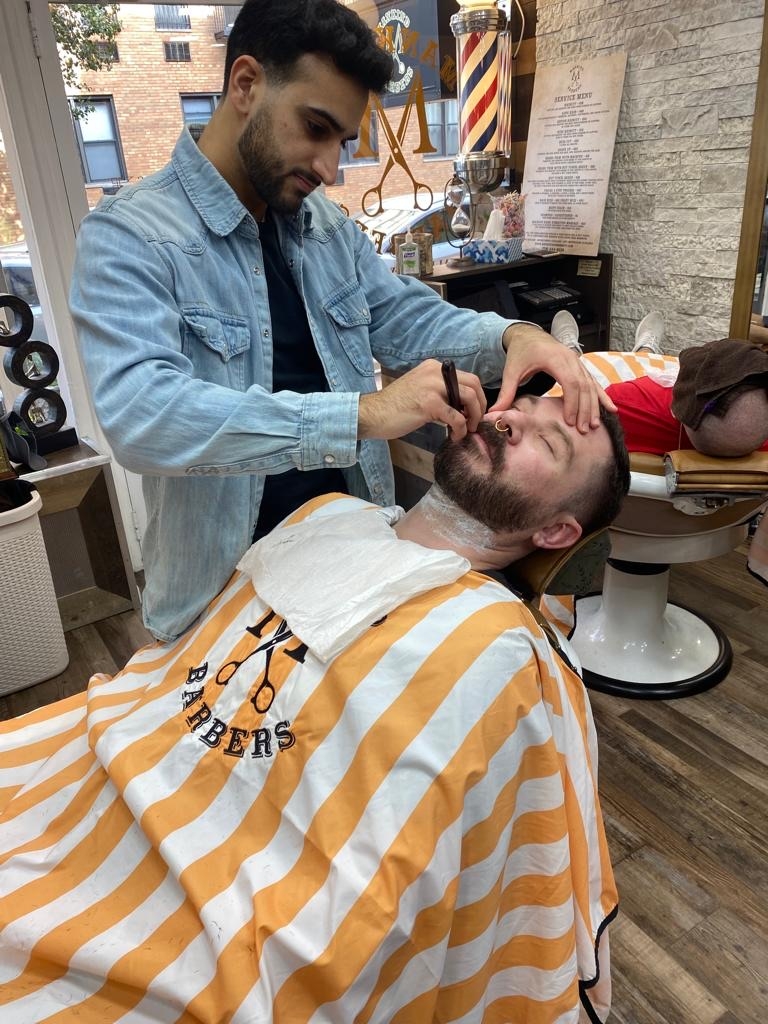

Achieving the perfect balayage hair color requires a skilled stylist who can expertly hand-paint highlights onto the hair to create a natural, sun-kissed look. The technique involves blending multiple shades seamlessly to achieve a soft, gradient effect. It is essential to choose the right colors that complement the individual's skin tone and hair texture. Regular touch-ups may be needed to maintain the balayage effect and keep the color looking fresh and vibrant.
The latest trends in hair cutting techniques for short hair include pixie cuts, blunt bobs, and textured crops. Pixie cuts are versatile and can be styled in various ways to suit different face shapes. Blunt bobs offer a sleek and modern look, while textured crops add volume and movement to short hair. It is important to consult with a professional stylist to determine the best cutting technique based on the individual's hair type and desired style.
https://podcasts.apple.com/us/podcast/mr-tapers-barber-life/id1678890979?i=1000647933253
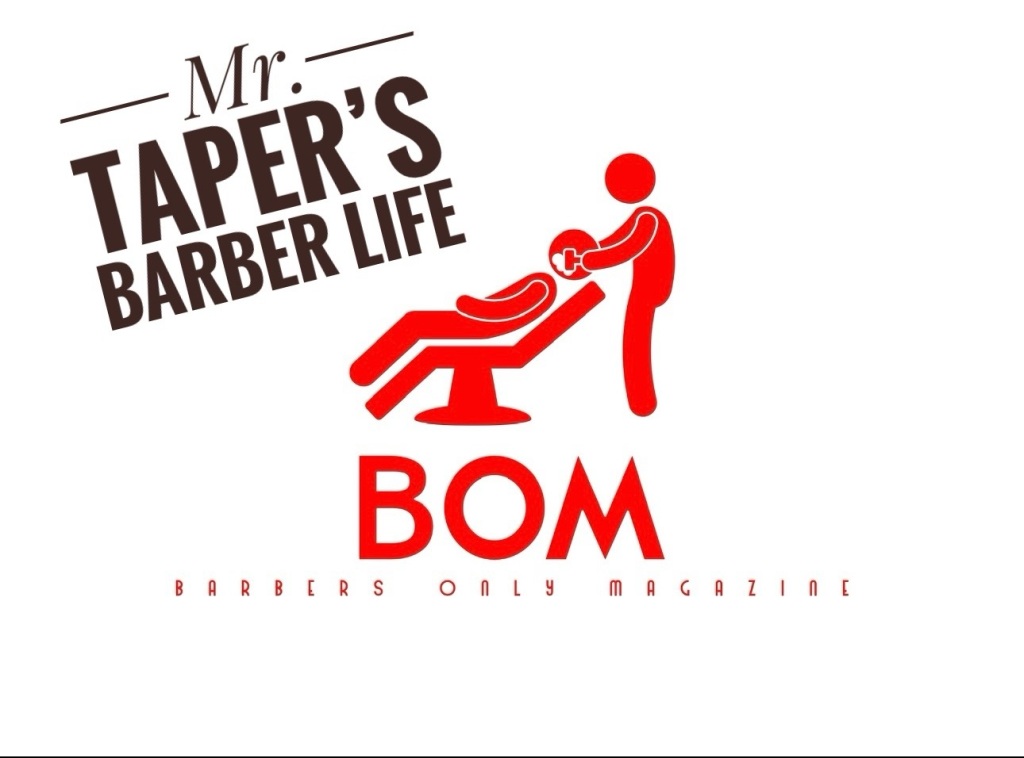
Posted by on 2024-03-11
Tax write-offs for barbers can be a great way to save money on taxes. Barbers can take advantage of a variety of deductions and credits to reduce their taxable income and save money. Here are some of the most common tax write-offs for barbers in 2024. 1. Professional Expenses: Barbers can deduct expenses related to […]

Posted by on 2024-01-02
youtube.com/watch
Posted by on 2023-11-13
To maintain hair extensions and ensure longevity, individuals should follow a proper care routine. This includes using sulfate-free shampoos and conditioners, avoiding excessive heat styling, and brushing the extensions gently to prevent tangling. It is also recommended to visit a stylist regularly for maintenance appointments to keep the extensions looking fresh and natural. Proper care and maintenance will help extend the lifespan of the hair extensions.
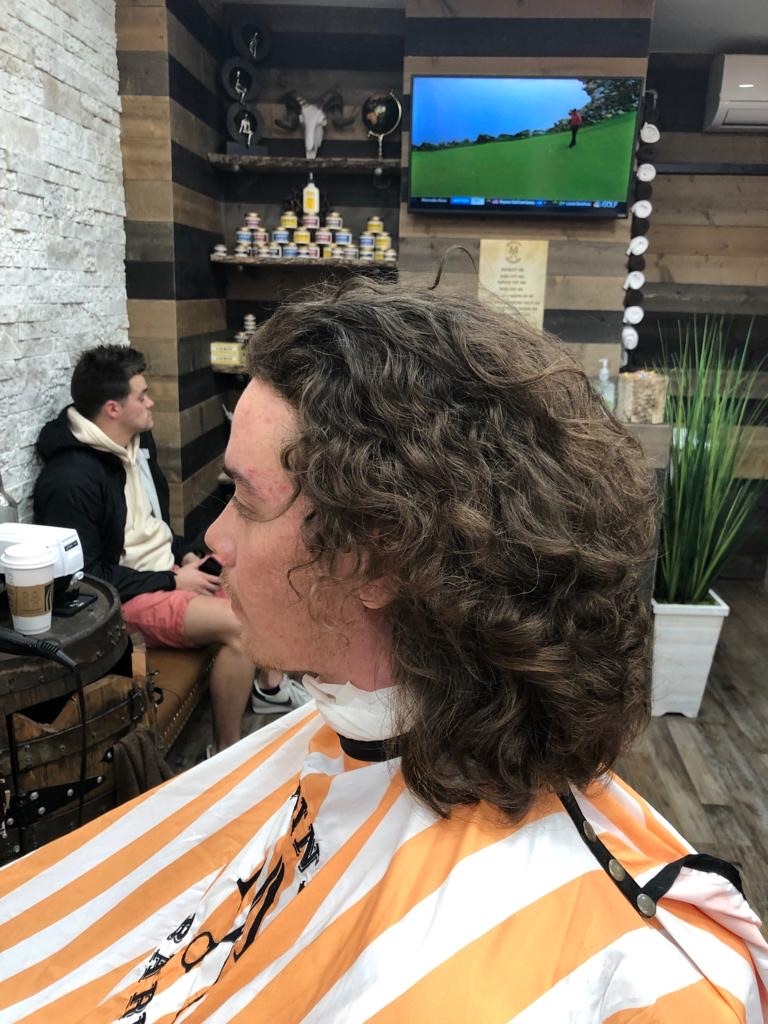
The best products for curly hair to enhance natural curls include curl-enhancing shampoos and conditioners, leave-in conditioners, and styling creams or gels. These products help define and hydrate curls, reduce frizz, and add shine to the hair. It is important to choose products specifically designed for curly hair to achieve the best results. Regular deep conditioning treatments can also help keep curly hair healthy and moisturized.
Individuals with colored hair should typically get their roots touched up every 4-6 weeks to maintain the color's vibrancy and prevent noticeable regrowth. The frequency of touch-ups may vary depending on the individual's hair growth rate and the contrast between the natural hair color and the dyed color. Regular touch-ups can help keep the color looking fresh and seamless from root to tip.
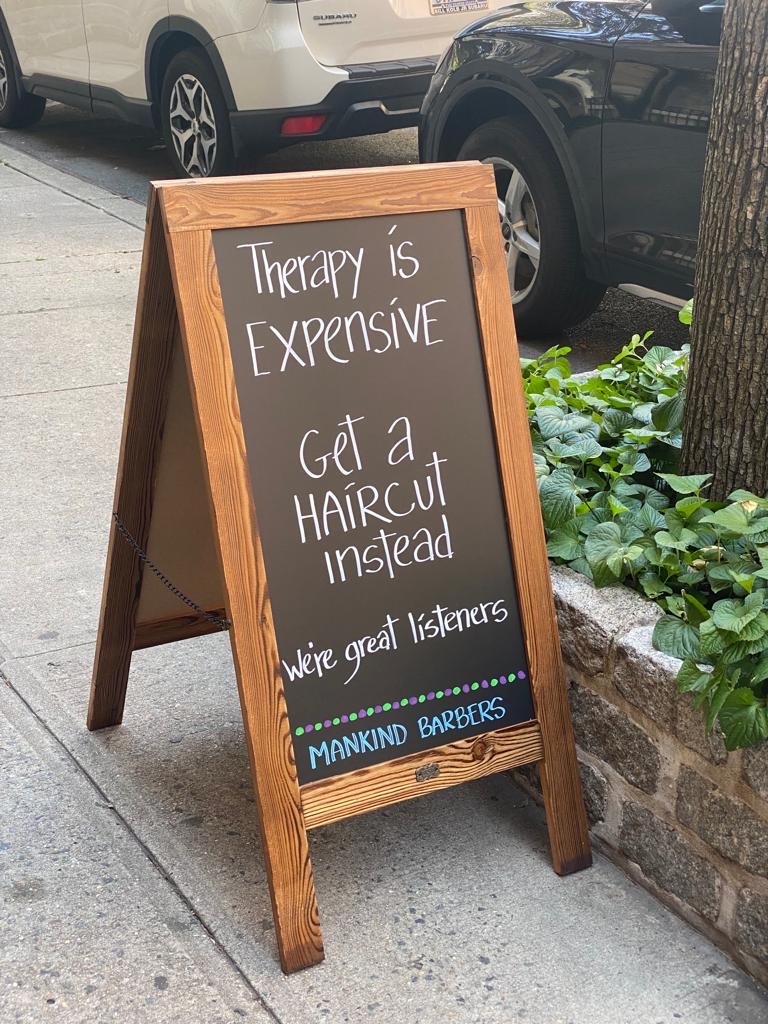
Using sulfate-free shampoo for colored hair offers several benefits, including preserving the color's vibrancy, preventing fading, and maintaining the hair's overall health. Sulfates can strip the hair of its natural oils and color, leading to dryness and dullness. Sulfate-free shampoos are gentler on the hair and help retain moisture, making them ideal for colored hair. They also help protect the hair from damage caused by harsh chemicals and environmental factors.
To prevent heat damage when using hot styling tools on the hair, individuals should use a heat protectant spray or serum before styling. This creates a barrier between the hair and the heat, reducing the risk of damage. It is also important to use the styling tools on the lowest heat setting necessary and avoid excessive heat exposure. Regular deep conditioning treatments can help repair and strengthen the hair, minimizing the effects of heat damage. Additionally, taking breaks from heat styling and opting for heatless styling methods can help maintain the hair's health and integrity.
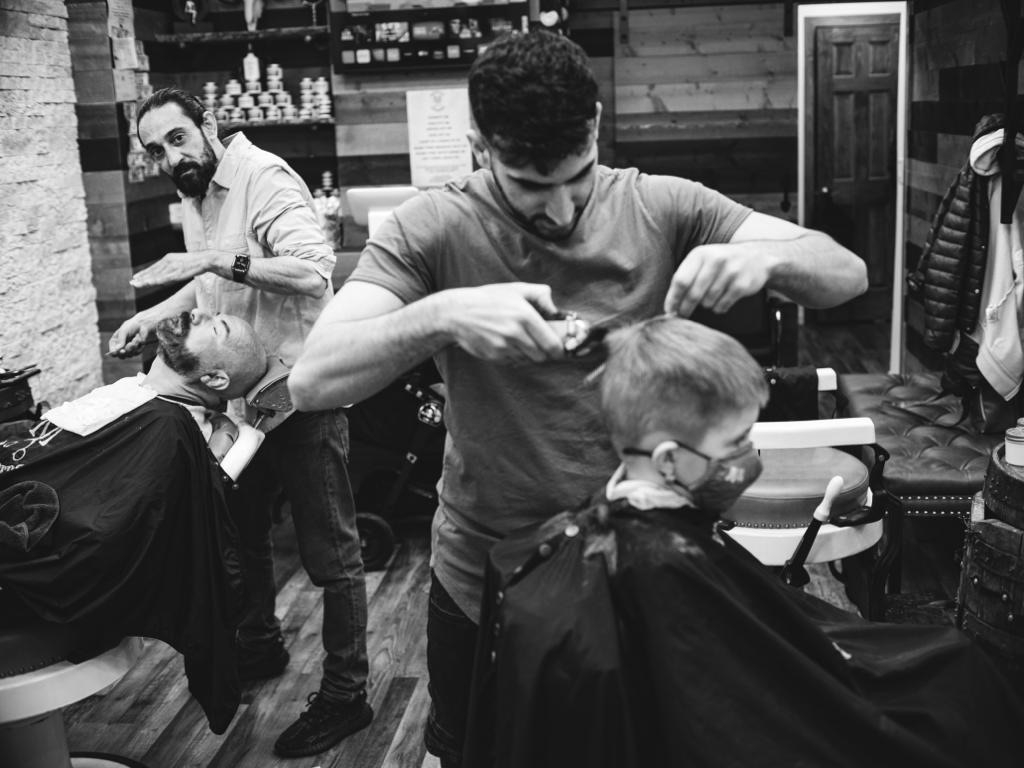
During a haircut appointment, it is possible to request a scalp massage as an additional service. Many salons and barbershops offer scalp massages as part of their grooming services to enhance the overall experience for the client. A scalp massage can help promote relaxation, improve blood circulation, and relieve tension in the scalp muscles. It is a popular choice for those looking to indulge in some self-care and pampering during their haircut appointment. Clients can inquire about adding a scalp massage to their service when booking their appointment or upon arrival at the salon.
Barbers ensure hygiene during haircutting and shaving services by following strict sanitation protocols. This includes disinfecting all tools and equipment such as scissors, razors, and clippers before and after each use. They also use disposable items like single-use razors and neck strips to prevent cross-contamination. Barbers frequently wash their hands and wear gloves during services to maintain cleanliness. Additionally, they regularly clean and sanitize their workstations, chairs, and capes to create a safe and hygienic environment for clients. By adhering to these practices, barbers can ensure that their services are conducted in a sanitary manner.
Yes, it is possible to receive a beard trim without changing the overall length of the beard. A skilled barber or stylist can use techniques such as shaping, edging, and detailing to clean up the beard and enhance its appearance without significantly altering its length. By carefully trimming stray hairs, defining the neckline, and sculpting the edges, the beard can be groomed and maintained while preserving its current length. It is important to communicate your preferences clearly to the barber or stylist to ensure that they understand your desired outcome for the trim.
When determining the frequency of appointments for beard sculpting, it is important to consider factors such as the individual's hair growth rate, desired style, and overall grooming routine. For individuals with fast-growing facial hair or those aiming for a precise and well-maintained look, scheduling appointments every 2-4 weeks may be ideal. However, for individuals with slower hair growth or a more relaxed grooming approach, appointments every 4-6 weeks may suffice. It is recommended to consult with a professional barber or stylist to determine the most suitable schedule based on personal preferences and maintenance needs. Regular upkeep is essential to ensure the beard remains neat, tidy, and in line with the desired aesthetic.
The ideal length for a stubble beard can vary depending on personal preference and facial hair growth patterns. Generally, a stubble beard is considered to be around 1-5 millimeters in length, providing a rugged and masculine appearance without appearing unkempt or overly long. Some men may prefer a slightly longer stubble for a more defined look, while others may opt for a shorter stubble for a more subtle and low-maintenance style. Ultimately, the ideal length for a stubble beard is one that complements the individual's facial features and personal style, enhancing their overall appearance with a touch of rugged charm.